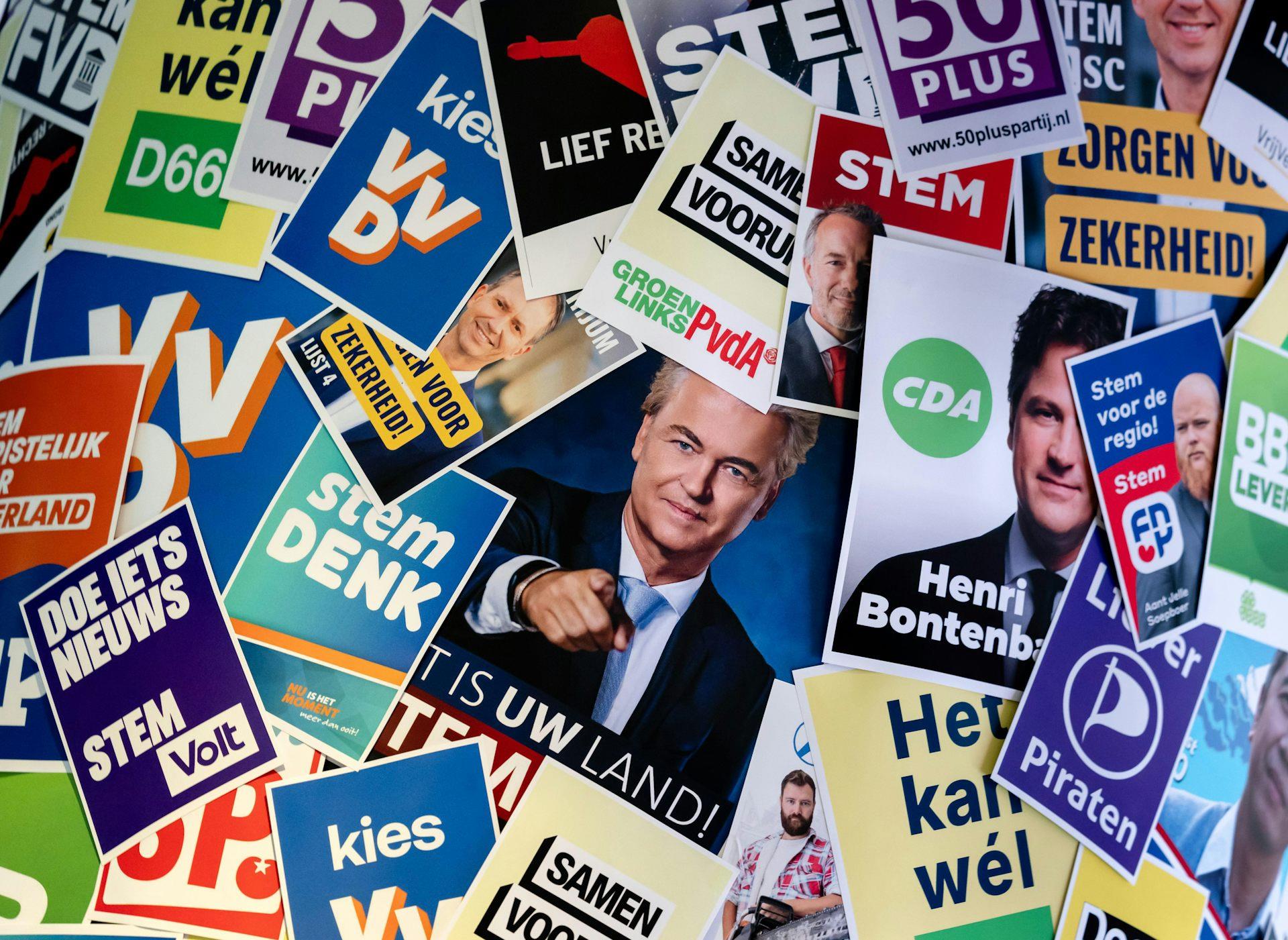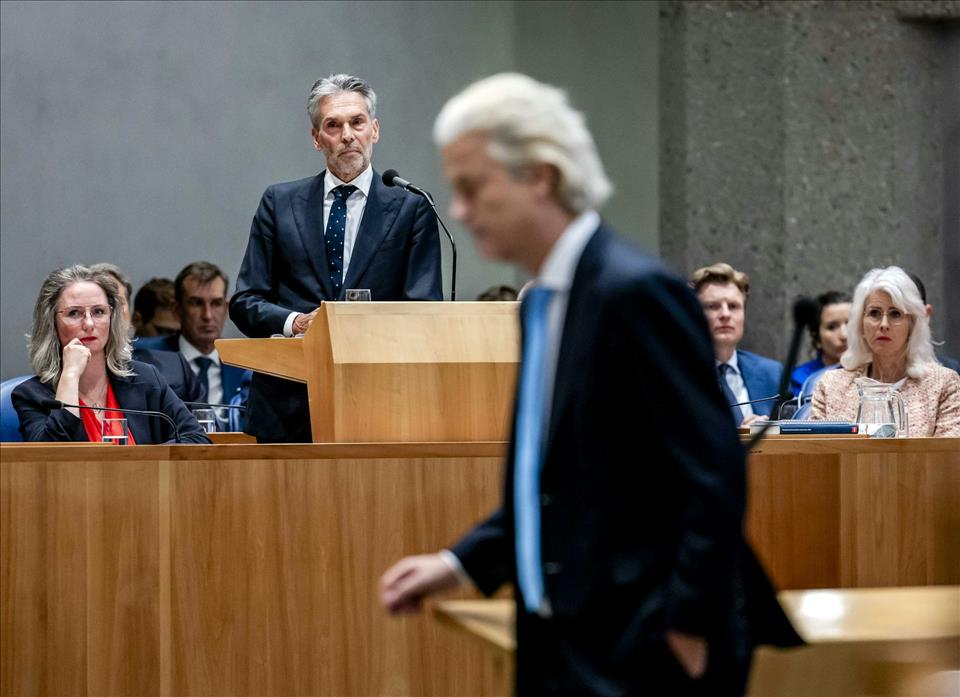
The Netherlands Is Trying To Draw A Line Under A Year Of Chaos With Fresh Elections Will It Work?
The immediate trigger was the withdrawal of Geert Wilders's far-right Party for Freedom (PVV) from the governing coalition. The PVV quit after coalition partners rejected its controversial ten-point plan on migration, which included using the army to secure borders and turning back all asylum seekers.
The Schoof government continued in a caretaker capacity, made up of the remaining three coalition parties: the liberal-conservative People's Party for Freedom and Democracy (VVD), the newcomer Christian-democratic New Social Contract (NSC), and the agrarian populist Farmer–Citizen Movement (BBB).
However, on August 22, the caretaker government unravelled when NSC foreign affairs minister Caspar Veldkamp resigned over internal disagreements about policy toward Israel. His departure prompted the entire NSC delegation to step down, triggering the second cabinet collapse in as many months.
To understand the current political turmoil, we have to go back to the formation of the Schoof cabinet following the election of November 2023. That resulted in a landslide victory for Wilders' PVV, paving the way for the most rightwing government in Dutch post-war history.
After months of tense and protracted negotiations, all four coalition party leaders, including Wilders, opted against taking the prime minister role themselves. Instead, they appointed Dick Schoof, a civil servant and former intelligence chief, as prime minister. This unusual“one-foot-in, one-foot-out” arrangement allowed Wilders to exert significant influence over policy without assuming executive responsibility – an unprecedented level of access to power for the far right.
Parliamentary debates soon reflected this shift, with previously fringe ideas like“remigration” and“omvolking” (akin to the great replacement conspiracy) being openly discussed.
The four-party structure was inherently fragile. Deep ideological divisions meant the coalition stumbled from one crisis to another. The inexperience of the cabinet members and the unpredictability of the PVV only made this situation more volatile.
Legislatively, the cabinet achieved little during its 11 months in office, leaving key structural problems such as housing shortages unresolved. Meanwhile, the coalition attempted to bypass parliamentary checks to push through its immigration proposals.
The overall result of a year of chaos: the erosion of democratic norms and principles, and the rapid normalisation of far right ideas.
A gravitational shift to the rightFor the past 50 years, rightwing parties such as the VVD, the Christian-democratic CDA and the far-right PVV have consistently outnumbered their leftwing counterparts in Dutch politics – a trend that runs counter to the popular image of the Netherlands as a progressive beacon.
On average, rightwing parties have held around half of the 150 parliamentary seats. This gives them an advantage once votes are counted since they can often form coalitions among themselves. Leftwing parties generally have to seek coalition partners beyond their own bloc.
This pattern is largely driven by voter behaviour. Most voters stay within their ideological lane, switching only between parties on the same side of the spectrum. The only party that regularly attracts support from both sides is the centrist-progressive D66.

Dutch elections generally involve dozens of parties. EPA
Since 2021, a third bloc has emerged: the far right, led by Wilders' PVV and including the extreme-right Forum for Democracy (FvD) and the FvD-splinter party JA21. This bloc appears to have permanently shifted the political centre of gravity to the right.
As in 2023, the far right is set to play a major role in the 2025 election. Despite a turbulent year in government, the PVV continues to lead the polls. Voters appear undeterred by the party's failure to govern effectively. This time, Wilders has explicitly said he wants to be the prime minister.
But Wilders isn't the far right's only contender. JA21 presents itself as a more“reasonable” alternative on the right, while FvD has undergone a key leadership change: controversial founder Thierry Baudet has handed over the reins to Lidewij de Vos. This move that reflects a broader far-right trend of using female leadership to soften the party's image.
The centre-right camp, meanwhile, is in flux. The VVD has been slipping in the polls. At the same time, party leader Dilan Yeşilgöz has ruled out further partnerships with Wilders and signalled scepticism towards cooperation with the GreenLeft–Labour alliance. These positions have narrowed the VVD's coalition prospects and raised questions about the party's strategy.
The NSC is in free fall. After winning 20 seats from scratch in its 2023 debut, the party now appears likely to secure at most one seat – or potentially none at all. In contrast, the long-struggling CDA is staging a surprising comeback.
Following a historic low of just five seats in 2023, the party is now polling at 22 to 26 seats. This surge has been attributed to the so-called“Bontenbal effect,” named after the party's popular leader, Henri Bontenbal.
The main contender on the left is the GreenLeft–Labour alliance, led by former European Commissioner Frans Timmermans, which is currently polling in third place behind the PVV and CDA. But the broader picture remains unchanged: the left is a structural minority, facing long odds of governing without support from the centre-right.
Finally, after significant losses in 2023, D66 appears to be recovering. Now polling between 11 and 14 seats, the party may once again play a pivotal role in coalition talks, potentially bridging the centre-left and centre-right blocs.
An uncertain outcomeNo fewer than 27 parties are running in this election, and in a political landscape that has become notoriously fragmented and volatile, many voters make their final decisions only at the last minute.
With many medium-sized and smaller parties in the mix, and the PVV effectively barred from government participation, it is difficult to envision what a viable coalition might look like – so protracted coalition talks after election day are likely.
But beyond this uncertainty, the stakes for Dutch democracy are unusually high. The Netherlands has seen an alarmingly rapid normalisation of far-right rhetoric. This election may prove more than just another chapter in political instability, but a defining moment for the country's democratic future.

Legal Disclaimer:
MENAFN provides the
information “as is” without warranty of any kind. We do not accept
any responsibility or liability for the accuracy, content, images,
videos, licenses, completeness, legality, or reliability of the information
contained in this article. If you have any complaints or copyright
issues related to this article, kindly contact the provider above.


















Comments
No comment